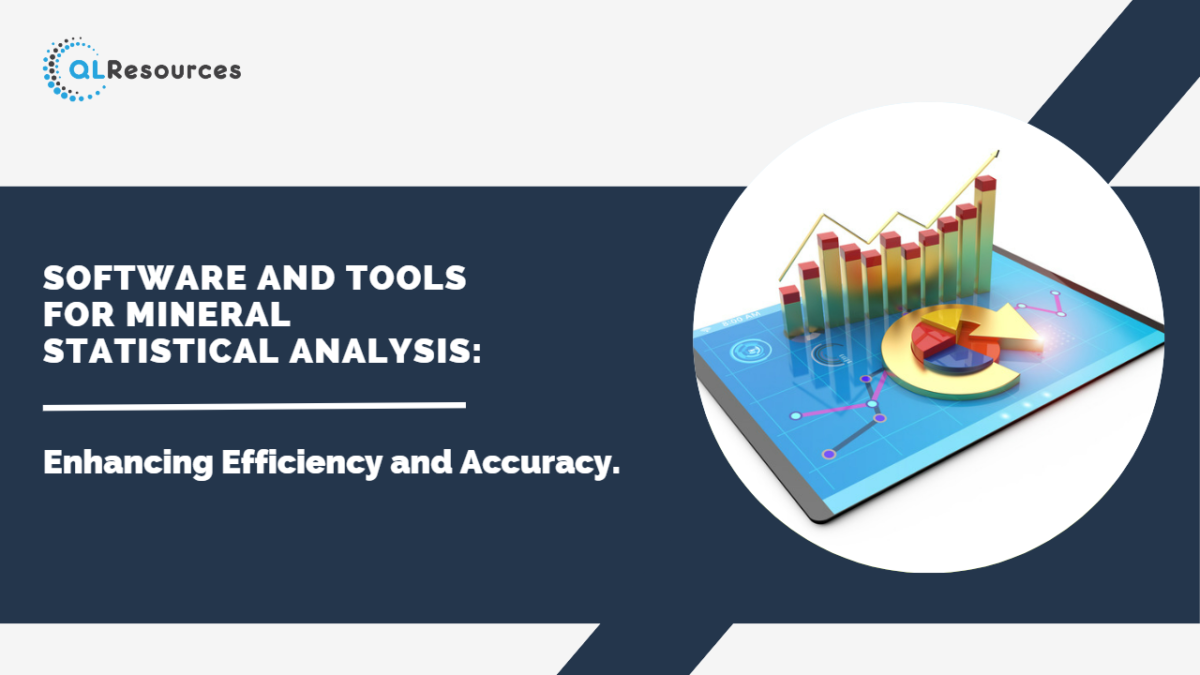In the mining industry, accurate and transparent reporting of exploration and mining data is crucial for informed decision-making, investor confidence, and regulatory compliance. The Joint Ore Reserves Committee (JORC) Code sets out internationally recognized guidelines for reporting mineral resources and ore reserves. Adhering to these guidelines ensures consistency, credibility, and comparability of mining studies and data across the industry. In this article, we will delve into the significance of aligning mining studies and data with the JORC Code guidelines and explore how it enhances transparency and integrity in the mining sector.
Understanding the JORC Code:
The JORC Code provides a comprehensive framework for reporting exploration results, mineral resources, and ore reserves. Developed by the Australasian Joint Ore Reserves Committee, the code sets out principles and guidelines to ensure that mineral reporting is accurate, reliable, and compliant with industry standards.
Importance of Transparent Reporting:
Transparent reporting is essential to build trust among stakeholders, including investors, regulatory bodies, and local communities. Accurate and consistent reporting enables better evaluation of mining projects, encourages responsible resource management, and fosters sustainable development.
Aligning with JORC Code Guidelines:
a. Competent Persons and Qualified Persons: The JORC Code emphasizes the role of competent persons or qualified persons who are responsible for assessing and reporting exploration results and resource estimates. These professionals ensure that the data presented is accurate, unbiased, and credible.
b. Materiality and Material Changes: Companies are required to report material exploration results and changes in mineral resources and ore reserves. Materiality thresholds help avoid the reporting of minor fluctuations and ensure that significant changes are appropriately disclosed.
c. Transparency in Reporting: The JORC Code emphasizes clear and transparent reporting of data, methodologies, assumptions, and limitations. This transparency enables readers to assess the quality and reliability of reported information.
d. Use of Technical Terms: Consistent use of technical terms and definitions outlined in the JORC Code prevents misinterpretation and confusion. This standardization ensures that industry professionals and stakeholders share a common understanding of key concepts.
e. Public Reporting: The JORC Code encourages public reporting of exploration results, mineral resources, and ore reserves. This practice enhances industry-wide knowledge sharing, supports peer review, and contributes to the credibility of reported data.
Maintaining Accuracy and Consistency:
Adhering to the JORC Code guidelines ensures that mining studies and data are reported in a standardized manner, allowing for accurate comparisons between different projects and companies. This consistency is invaluable for investors and decision-makers seeking reliable information.
Enhancing Investor Confidence:
Investors rely on accurate and transparent data to evaluate the potential of mining projects. Reporting in alignment with the JORC Code builds investor confidence, reducing uncertainty and promoting investment in the sector.
Promoting Responsible Practices:
The JORC Code promotes responsible practices by requiring disclosure of environmental, social, and governance (ESG) considerations. This encourages mining companies to assess the broader impact of their operations and engage in sustainable resource management.
Conclusion:
Reporting mining studies and data in alignment with the JORC Code guidelines is a cornerstone of responsible and credible mineral reporting. By following these internationally recognized standards, mining companies uphold transparency, accuracy, and consistency in reporting exploration results, mineral resources, and ore reserves. This not only fosters investor confidence but also contributes to informed decision-making, regulatory compliance, and sustainable resource management. As the mining industry continues to evolve, adherence to the JORC Code remains essential for maintaining integrity and credibility in reporting practices.

